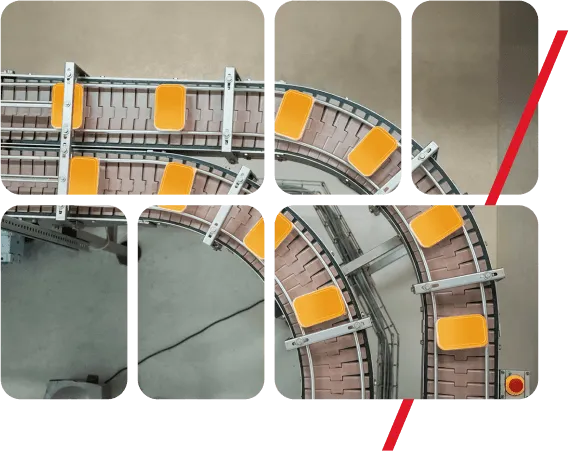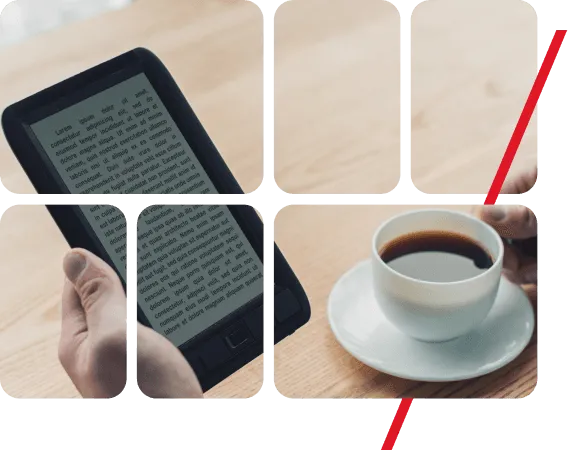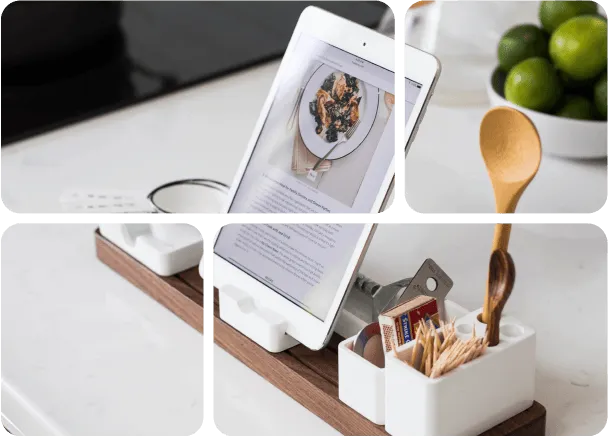- industries
- / industries
- retail
-
/ retail
In the intricate world of retail, mindit.io stands out as your strategic ally.
-
- banking
- / banking
In the intricate world of retail, mindit.io stands out as your strategic ally.
-
- financial services
-
/ financial services
In the intricate world of retail, mindit.io stands out as your strategic ally.
-
- healthcare
-
/ healthcare
In the intricate world of retail, mindit.io stands out as your strategic ally.
-
- hospitality
- / hospitality
In the intricate world of retail, mindit.io stands out as your strategic ally.
-
- foodtech
- / foodtech
In the intricate world of retail, mindit.io stands out as your strategic ally.
-
- manufacturing
- / manufacturing
In the intricate world of retail, mindit.io stands out as your strategic ally.
-
- publishing
- / publishing
In the intricate world of retail, mindit.io stands out as your strategic ally.
-
- real estate
- / real estate
In the intricate world of retail, mindit.io stands out as your strategic ally.
-
- telco
- / telco
In the intricate world of retail, mindit.io stands out as your strategic ally.
-
- services
- / services
- enterprise applications
- / enterprise applicationsOur enterprise applications integrate seamlessly with your existing systems, providing a unified solution.
-
- product engineering
- / product engineeringWe specialize in Software Product Engineering, transforming your concepts into impactful products.
-
- data & analytics
-
/ data & analytics
Data Analytics is where IT, statistics, and business converge.
-
- artificial intelligence
- / artificial intelligenceArtificial intelligence and machine learning: we can unlock business potential through automation within your organization.
-
- integration solutions
- / integration solutionsStreamline IT projects, reduce risks, and ensure on-time, on-budget technology deployment aligned with your business goals.
-
- maintenance & support
- / maintenance & supportSecure and reliable software performance with proactive issue identification and disaster recovery strategies
-
- cloud & infrastructure services
- / cloud & infrastructure servicesAchieve more with our tailored DevOps, cloud, and infrastructure services for smooth, efficient, and secure operations.
-
- / accelerators
- / acceleratorsOur accelerators are built to drive growth and enhance your organization’s capabilities.
-
- success stories
- / success stories
- retail
-
/ retail
A global retailer, with 2200 stores & 25,000 employees, had critical issues in its Java legacy web application.We facilitated a decision on how much to invest in novelty items for one of the world’s biggest retail players.
-
- banking
- / bankingPartnered with fin-tech to create an algorithm for tailored investment choicesMigration to TIBCO BW6: Key European bank tackled complex business logic & integrated components using ESB architecture.
-
- financial services
- / financial servicesCross-border payment solution for education, healthcare, and businesses worldwide.
-
- healthcare
- / healthcareSwisscom’s Medical Connector offers DICOM-standard data communication with no size limits for providers.
-
- hospitality
- / hospitalityPowertage Chat uses RAG to deliver fast, accurate answers to visitor and exhibitor questions.Developed a white-label app for 2023 Rugby World Cup, enhancing UX and expanding client expertise.
-
- foodtech
- / foodtechPlanteneers offers a virtual product catalog configuration experience.
-
- manufacturing
- / manufacturingWe Partnered for production boost, cost reduction, and quality. Our software maximizes efficiency & savings.
-
- publishing
- / publishingEnhanced Izzard Ink with automated royalties & AI manuscript analysis for improved efficiency.
-
- real estate
- / real estateEfficiency in Real Estate: Created a Customer Portal for owners 55+, providing secure equity release info access.
-
- telco
- / telcoDeveloping Telco Apps for one of the most dynamic telco companies from Romania.
-
- company
- / company
- about us
-
/ about us
The partner of choice for data & product engineering to drive business growth & deliver an impact within your organization
-
- product engineering
- / product engineeringWe specialize in Software Product Engineering, transforming your concepts into impactful products.
-
- technology
- / technology250+ specialists skilled in software, BI, integration, offering end-to-end services from research to ongoing maintenance.
-
- methodology
- / methodologyWe specialize in software product engineering, transforming your concepts into impactful products.
-
- careers
- / careersOur team needs one more awesome person, like you. Let’s grow together! Why not give it a try?
-
- do good
- / do goodWe’re a team devoted to making the world better with small acts. We get involved and always stand for kindness.
-
- events
- blog
- contact us
- / contact usWe would love to hear from you! We have offices and teams in Romania and Switzerland. How can we make your business thrive?
-
- / get in touch








































